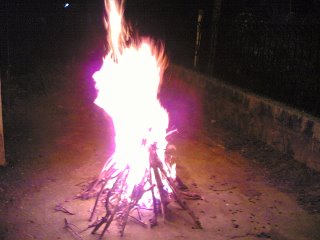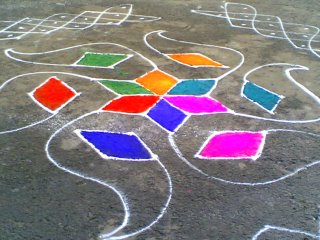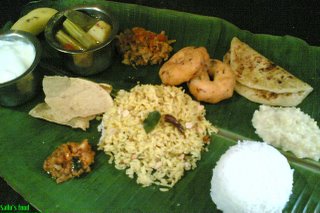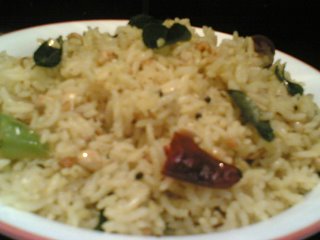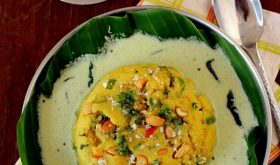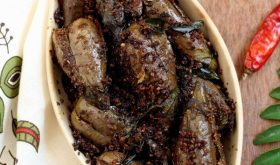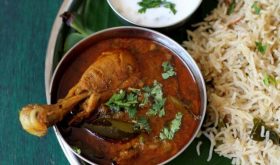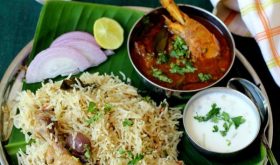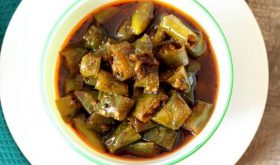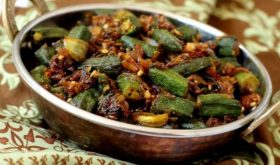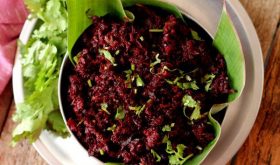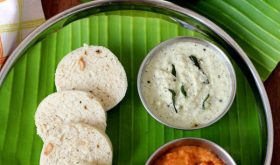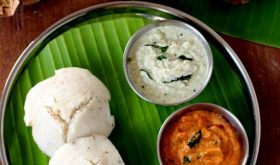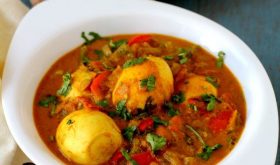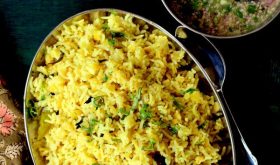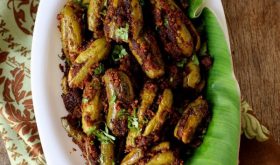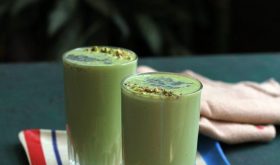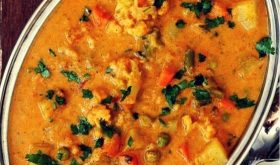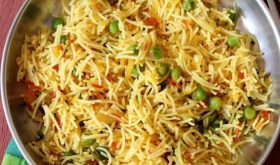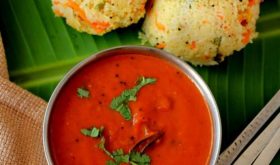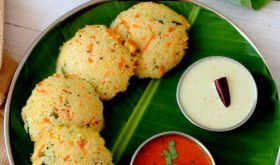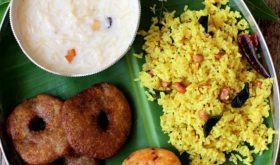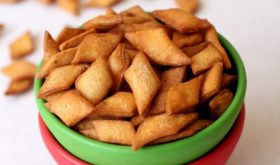“Sankranti Subbhakaankshalu!! Wishing you a memorable festive season which brings good luck & prosperity and hoping your days ahead are filled with happiness. Have a wonderful Bhogi & Pongal.”
“Unity in diversityâ€â€¦this phrase is apt in identifying India in its diversity of religious beliefs and the cultural traditions of the different states. One festival which clearly reflects that is Sankranti, one of the most colorful and popular festivals of Andhra celebrated with a lot of fervor and enthusiasm. Sankranti is a secular harvest festival celebrated in most parts of India under different names – Sankranti(A.P,Karnataka), Pongal(Tamil Nadu), Makar Sankranti (Maharastra and Gujarat) and Lohri (Punja and Haryana). Sankranti which is the most important festival for us Telugus and is called ‘Pedda Panduga’ (big festival) signifying that it is a time to discard the old and welcome the new and is the harbinger of more light and sunshine in life. Sankranti is celebrated over four days, the first day(13th Jan) is called ‘Bhogi’, the second day(14th) is ‘Sankranti’, the third day(15th) is, ‘Kanuma’ and the fourth day (16th), ‘Mukkanuma’.
Inspite of the fast changing times with people migrating from villages to bigger cities in search of greener pastures and with cities expanding, the spirit behind the way we celebrate our festivals has not quite changed. Bhogi, the first day is marked with gaiety and is celebrated on the eve of Sankranti or Pongal in all its entirety with traditional practices and customs which have been followed since our forefathers.
Early in the morning at 4 a.m, a bonfire (Bhogimantalu) is lit on the occasion of Bhogi symbolizing ringing out the old to ring in the new. Old brooms, baskets, clothes, junk firewood, broken wooden furniture are all thrown into the fire signifying the cleansing of the house and a fresh start to the new year. Life is seen as a continuous renewal. This is the picture of our Bhogimantalu on Bhogi day at 5 a.m.
During this entire festive season women decorate their ‘vaakili’ (the entrance to the house/front porch) with ‘muggu/kolam/rangoli’ of varied hues and sizes and place Gobbemmalu (small balls made from cow dung and decorated with marigold and pumpkin flowers) in the center. Muggulu are artistic intricate patterns drawn with hand on a washed surface using rice flour or chalk powder and decorated with colors and flowers and bring out the richness and uniqueness of Indian tradition and culture. Every muggu is reflective of the art and artistic capabilities that each woman possesses and is a celebration of life. Here’s a picture of a simple ‘Muggu’ which my 3 year old help color this evening..:)
In the evening many homes with children (below 4-5 years) arrange Bommala Kolluvu (arrangement of an array of toys and dolls) and Bhogipalla perentam (a gathering of women guests and relatives) where a mixture of regi pandlu(berries),senagalu (soaked and drained whole chick peas), flower petals, slices of sugar cane and small coins are showered over the heads of children dressed in new clothes to trickle down the blessings of elders, family and friends and remove ‘dhristi ‘(protect from any evil eye). All the guests and relatives who are invited for the Perentamu are given a gift pack of assorted items (tambulam) which includes clothes, lentils, betel leaves, betel nuts, bananas, traditional sweets,flowers, turmeric and kumkuma.
Another great sight in every village during Sankranti is a decorated bull with multi-coloured attire moving from one house to another led by its master who plays the nadaswaram (flute) to the accompaniment of the dol (a drum). The ‘gangireddi’ is trained to perform a variety of feats like nodding in acceptance, kneeling and bowing down and even dancing! You will find the decorated bull going around each home here in the city too during the festival season.Old clothes, raw rice and money are given away to the gangireddula vadu (bull’s master) in charity on the occasion of Sankranti. Here’s a picture of a fully adorned gangireddu with his gangireddi vaallu (masters) performing a feat in front of my ammamma’s (grandmother)home.
Bhogimantalu, traditional oil bath, muggullu decorated with gobbellu, preparation of traditional sankranti sweets and savouries like ariselu and bobattulu (variety of sweet rice cakes), jantikulu(savoury made with chick pea flour), paalakaayulu (rice flour savoury), semai payasam (sweet vermicilli dessert), paramannam (sweet rice pudding), pulihora (tamarind rice ), masala vada (deep fried lentil dumplings) and many more, new clothes & gifts given to house-hold helps and Bommala Kolluvu are the main features of Bhogi Panduga (festival). Picture of our Bhogi lunch spread(Vindu Bhojanam) on a plaintain leaf.
Pulihora or Tamarind Rice is a dish we prepare for most of our festivals in S.India. Its a tangy flavoured rice mixed in tamarind sauce and spices and garnished with roasted peanuts and tastes great with plain yogurt and appadam (papad).
Ingredients:
2 cups cooked rice (each grain should be separate)
1/4 tsp teaspoon turmeric (haldi,pasupu)
3-4 tbsp oil
salt to taste
20 fresh curry leaves
1/2 cup roasted peanuts
salt to taste
4 tbsps tamarind extract
1 tbsp channa dal (split bengal gram)
1 tbsp urad dal (split black gram)
1/2 teaspoon mustard seeds ( aavalu)
1 tsp cumin seeds (jeera)
5 medium dry red chili
4 green chilis slit length wise
1 tsp chopped ginger
1/4 tsp hing (asafoetida, inguva)
1 tbsp sesame seeds pwd(nuvvulu) (optional)
Mix the cooked rice with 2 tbsp oil, salt, turmeric pwd, roasted peanuts and a few curry leaves. Keep aside.
Heat 2 tbsp oil in a vessel. Add the mustard seeds and let them splutter. Now add dry red chillis, cumin seeds, channa dal, urad dal and fry for 15-20 seconds till light brown.
Now add the slit green chillis, ginger, asafoetida and curry leaves and fry for 10 seconds. Now add the tamarind extract and cook till the raw smell disappears..approx 3-4 minutes. Add the seasame seeds powder and mix well. Remove from heat.
Add this to the rice and mix well. Adjust salt.
Serve with plain yoghurt.
Note:You can adjust the tamarind extract according to your taste.
